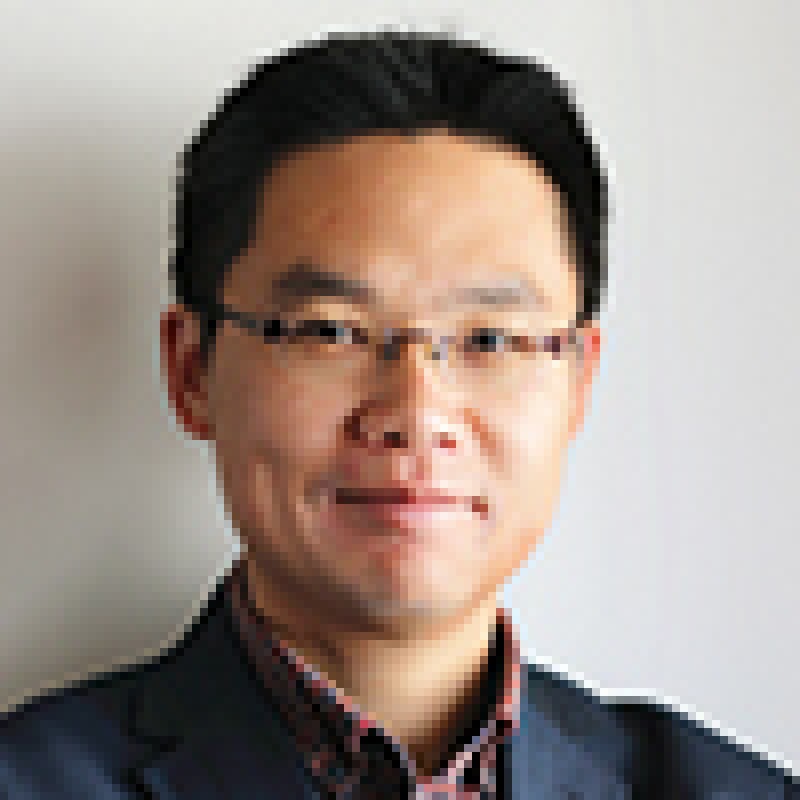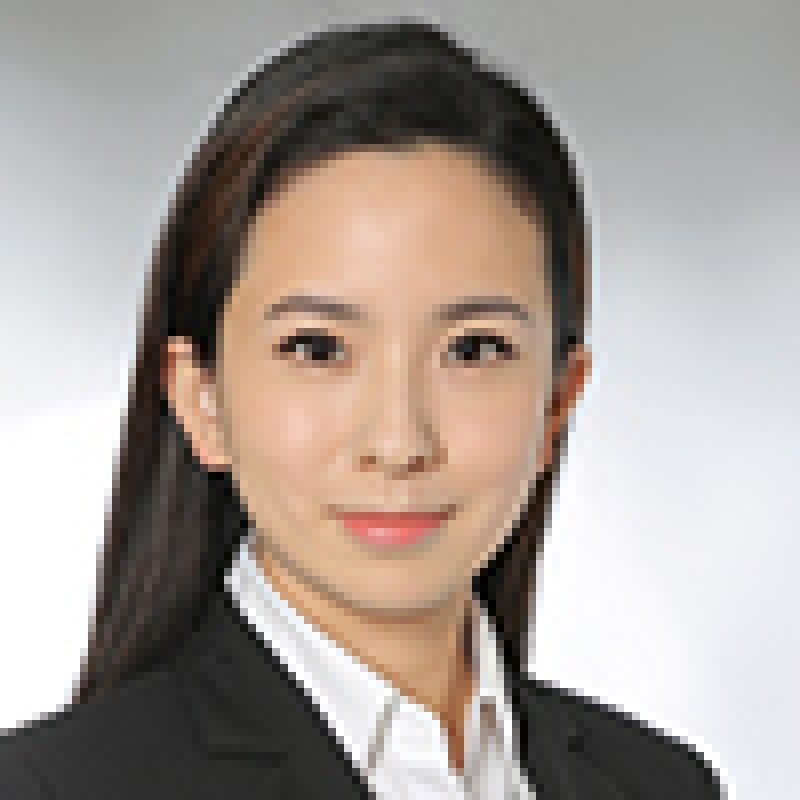Recently, the Shanghai Intellectual Property Court (SIPC) rendered a so-called partial or interlocutory judgment during a patent infringement lawsuit filed by the French automotive parts manufacturer Valeo against three Chinese defendants including Xiamen Lucas Automotive Parts, Xiamen Fuke Automotive Parts and an individual, Mr Chen. In this case, Valeo alleged that the wipers for cars being manufactured and sold by the defendants infringed its Chinese invention patent named "Connectors for wiper of motor vehicles and corresponding connecting devices" and, on that basis, the company requested RMB 6 million ($894,000) in damages. After careful investigation with support of technical experts, the SIPC found that the defendants' products fell into the scope of claims 1-3 and 6-10 of Valeo's patent in question and that they should immediately stop the infringement first, while the damages can be determined later.
It is said that this is the first time the SIPC has made such a partial judgment for an IP case. The legal basis is Article 153 of the PRC Civil Procedure Law: "If some of the facts in a case being tried by the people's court are already evident, the court may pass judgment on that part of the case first."
Usually patent lawsuits can take a long time given their technical complexity including the difficulty of calculating damages. In a case like this one where the SIPC believed the infringement could adequately be established based on all the ascertained facts, the court considered it an innovative and efficient way to apply Article 153 to issue a partial judgment first so as to cease the infringement in a timely manner. Then if the parties quickly settle on damages or enter into a licensing arrangement, further judicial proceedings will be saved with effective deterrents already served.
Partial judgments are still not commonly seen, probably mainly because the underlying facts of most cases can hardly be ascertained until a full judgment is made. Our research revealed another patent case, Sougou v Baidu, in 2018 where the Beijing IP Court issued a similar partial judgment. In addition, there was a copyright dispute case before the Jiangsu Provincial Higher Court where determining the ownership of the software copyright was a pre-condition for an infringement conclusion. In light of the huge burden to do infringement analysis for over 30 software programs, the court used its discretion to render an interlocutory judgment on the software copyright ownership first in order to give the parties an opportunity to negotiate a settlement.
Some people might find a partial judgment somewhat similar to a preliminary injunction in terms of stopping the infringement before a final full judgment is made. However, what is different is that a partial judgment issued by the first instance court can still be appealed and hence is not immediately effective. In comparison, a preliminary injunction once granted cannot be appealed and must be executed right away despite the final judgment.
Appeal filed
For the above Valeo case, the defendants have filed an appeal which is currently being handled by the newly established IP appellate tribunal of the PRC Supreme Court. The final result remains to be seen. If the first instance infringement conclusion is maintained, it becomes final and then the SIPC can continue to issue a damages award, unless the parties settle in advance. If the infringement conclusion is revoked, the case is dismissed and apparently there is no need to determine the damages at all, so judicial resources can be saved as well.
Overall, a partial judgment can be a good thing to try for applicable cases where IP ownership or infringement may be easily concluded based on the available facts and evidence, particularly if the plaintiff seeks quick deterrents as well as the leverage to negotiate a satisfactory settlement. It can be a viable approach to save time, efforts and costs for both the parties and the courts. The SIPC has set a good example for similar cases in the future.

|

|
Jerry Xia |
Wen Zou |
AnJie Law Firm26/F, Tower D, Central International Trade Center6A Jianguomenwai Avenue, Chaoyang District, Beijing 100022, PR ChinaTel: +86 10 8567 5988Fax: +86 10 8567 5999wuli@anjielaw.comwww.anjielaw.com










